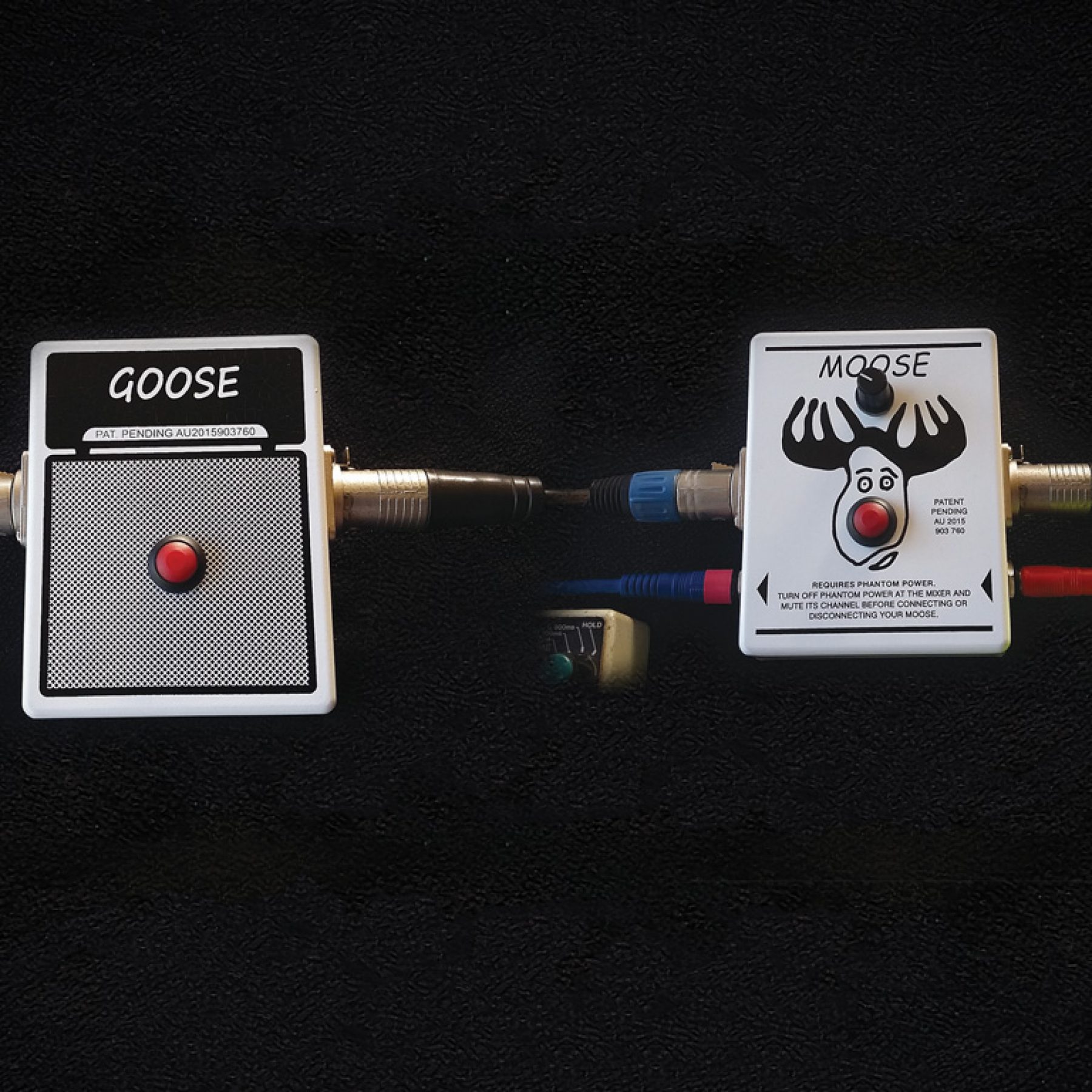
Review: Goose & Moose Microphone
Whether you just want to turn it up, or put some crazy effects on your microphone, these are the gadgets for you.
Aussie inventor, John Sansom, has built a gadget that can either be the joy or bane of a sound guy. His device puts volume control in the hands, or at the feet, of the musician. Specifically anyone performing into a mic — singers, saxophonists, brass players, violinists, John is looking out for you. The phantom-powered Goose (opposite of duck… audio joke) is a little box with one simple job. Step on the switch and it will ‘goose’ your signal by 5dB for solos.
For sound engineers worried about the ramifications of giving performers access to a boost button, John has built in a couple of failsafes to keep the mix under control. Firstly, the Goose’s switch is momentary, not latching. In the same way a talkback switch keeps backseat criticism out of the headphone mix, a performer has to be standing on the switch for the boost to stay in effect. Secondly, it’s only 5dB. It’s a nice middle ground between giving it a bump without taking over.
While the Goose is a one trick bird, Samson has a bigger brute in the stable, the Moose. With the simple addition of an effects loop designed to integrate pedals into your signal, the Moose is a pretty flexible animal.
The Moose uses a TL072 JFET-input op amp as a low noise means of boosting the signal that also won’t draw much current. There are also two transformers — one for input and the other for the output — in mu-metal cans and wrapped in blankets to stop them rattling around inside the chassis. In all, there’s about 25dB of gain available on the control to help match your source. Running a sensitive condenser through it will only require minimum gain, while dynamic mics will typically require more, depending on the source. On the other hand, you can drive the gain to hit the output transformer and saturate the signal. It can get pretty overdriven, which can be a handy effect if you just want a little overdrive box for microphones in your studio. On the other hand, it would be nice to have an indication of when the signal is clean and when it’s overdriven.
There’s a whole host of ways you can use the effects loop to your advantage. When simply hooking up pedals into the send/return loop, they’re wired in series, the result is a fully wet signal — unless you have a dry/wet mix control on your pedal. Hooking up my Boss RE-20 and Line6 DL4 to add delay to vocals was a pretty neat trick. It’s a great way for performers to control their delay throws and reverb effects live. It doesn’t stop there, you can add any overdrive, fuzz or distortion pedals, or loop in some modulation, the range of sonic possibilities is as big as your pedal collection.
Because the send output is continuously sending, you can also use it to send to a parallel processing chain (without returning to the Moose) while maintaining a clean signal through the main XLR output. You can also use the send to feed a monitor speaker while the main output goes to FOH, or even link a Y-splitter into your FX loop to send an effected signal to your monitors. Lastly, you can simply use the Moose as a DI for active instruments, keyboards, or passive guitars and basses with pedals before the Moose to lower the impedance.
While the Goose is really a live animal, the Moose would live happily on stage or in the studio. For not much money you’re opening up a whole slew of sonic possibilities your microphones were never privy to. You can stop guitars hogging all the cool sounds on your pedal board; grab a Moose and get way more out of those pedals than ever before.













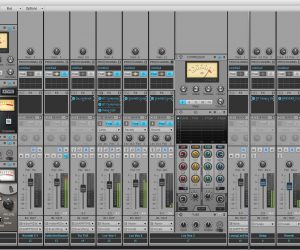
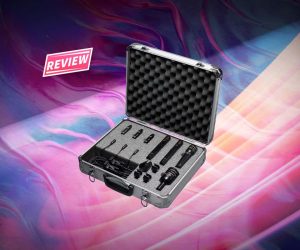
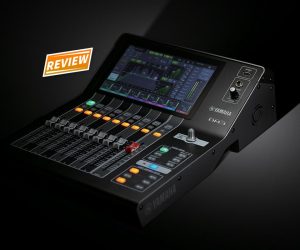






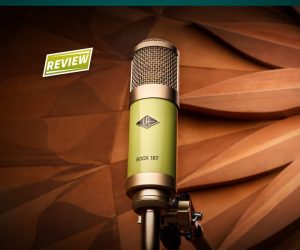

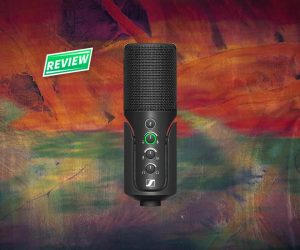


RESPONSES